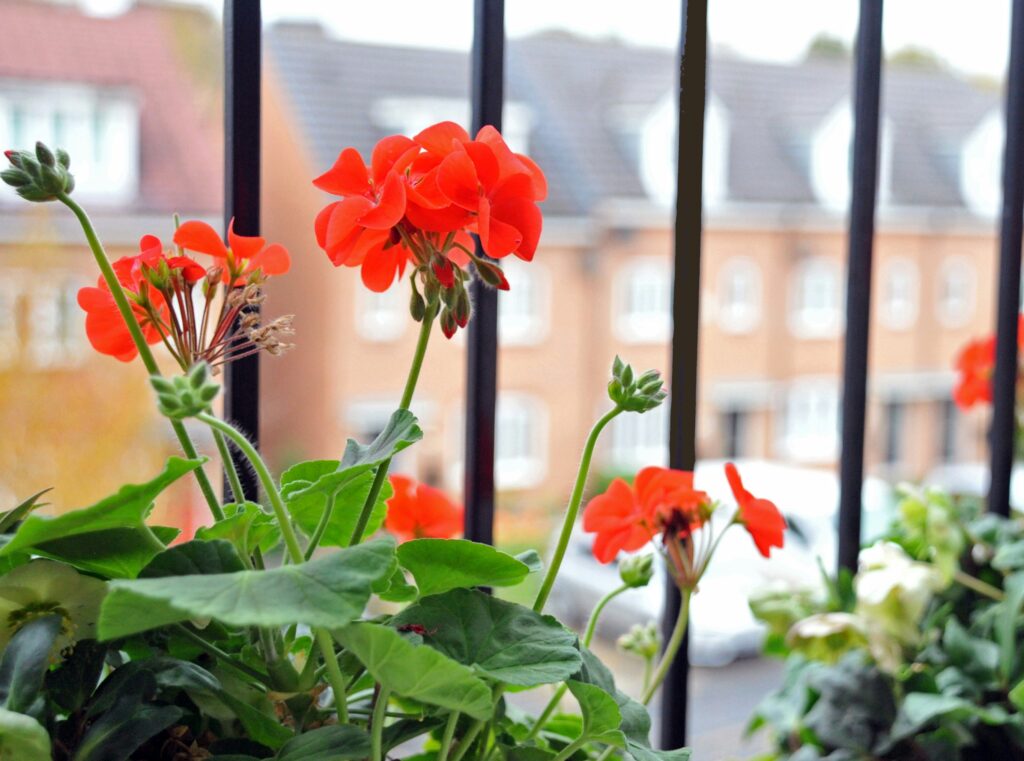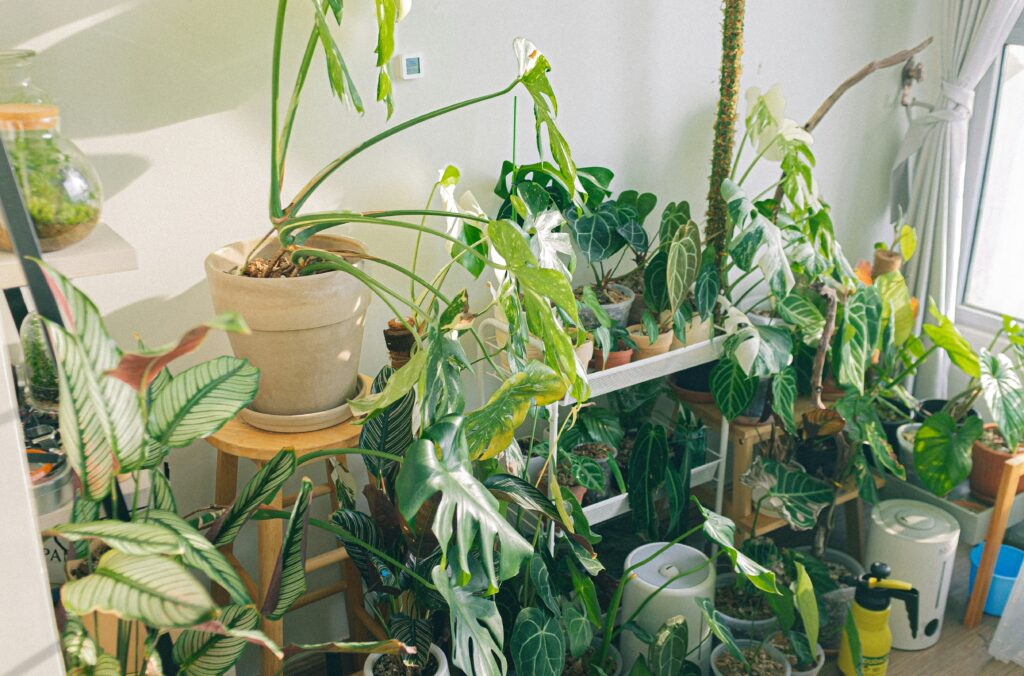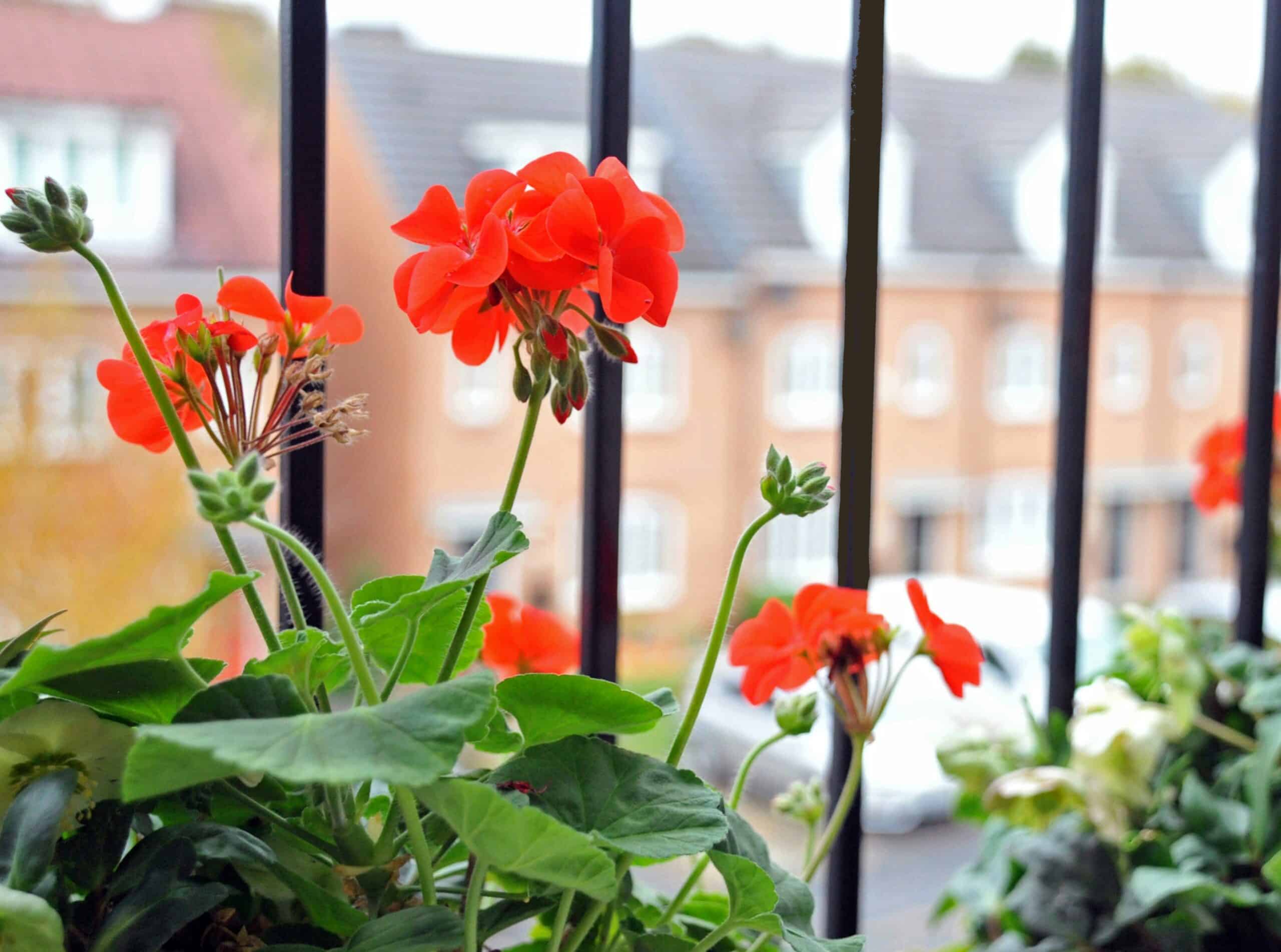Anúncios
But who says your balcony can’t burst with greenery all year round? In this insightful piece, we will delve into expert tips for overwintering your plants and keeping your balcony garden flourishing, even in the frosty season. 🌱❄️

Overwintering, or ensuring that your plants survive the winter, is a crucial aspect of gardening that many often overlook. This process involves various methods that encourage plants to go into dormancy, protecting them from potentially harsh weather conditions. Understanding the intricacies of overwintering can transform your space into a winter wonderland, abounding in thriving greenery.
Anúncios
Within this discussion, we will cover an array of topics including appropriate plant selection, protective measures, and winter care practices. We will also be sharing valuable insights from renowned horticulturists to provide you with a comprehensive guide on preserving your beloved plants during the cold months.
So prepare to breathe life into your balcony throughout the year, as we help you master the art of overwintering. By the end of this read, you’ll be equipped with all the knowledge needed to maintain your personal patch of green, regardless of the season. Let’s dive in and explore how to keep your balcony blooming, even when the temperature drops! 🌺❄️
Anúncios
Understanding the Basics of Overwintering
Overwintering, in essence, involves taking specific steps to ensure that your plants thrive during the harsh winter months. This is crucial as plants often enter a state of dormancy during winter, akin to hibernation in animals, reducing their metabolic activities to conserve energy. Understanding this biological behavior of plants can greatly enhance your overwintering strategy.
Firstly, it’s vital to determine which plants are hardy enough to withstand winter in your area. A good resource for this is the USDA Plant Hardiness Zone Map. This map classifies regions based on their average annual minimum winter temperature, allowing you to choose the right plants for your balcony.
Starting the Overwintering Process
The best time to start overwintering is before the first frost. This gives your plants ample time to adjust to the changes in temperature and light. It’s also a good idea to prune any dead or dying foliage, as these can drain energy from the plant.
Essential Tips for Overwintering Balcony Plants
To ensure the successful overwintering of your plants, several strategies can be employed.
Temperature Control
While some plants can withstand cold temperatures, others may need to be moved indoors during winter. If that is not an option, consider using a greenhouse or a cold frame. Both these structures offer temperature and humidity control, providing an optimal environment for your plants.
Moisture Management
Overwatering during winter can lead to root rot and other diseases, as water is less likely to evaporate due to lower temperatures and light levels. Water your plants sparingly, ensuring the soil is dry before the next watering.
Light Regulation
As daylight hours shorten during winter, supplementing natural light with artificial light can help keep your plants healthy. Consider using LED grow lights, as they are energy-efficient and offer a wide spectrum of light.
Advanced Overwintering Techniques
For gardening enthusiasts looking to level up their overwintering game, here are some advanced techniques.
Creating Microclimates
Microclimates are pockets of air and soil that have different temperatures and moisture levels than the surrounding area. You can create microclimates on your balcony by grouping plants together or using materials like straw or bubble wrap for insulation.
Winter Mulching
Mulching during winter can help insulate the soil, protect roots from frost, and conserve moisture. Organic mulch such as straw, leaves, or compost is ideal as it also enriches the soil.
Preventing Common Winter Plant Diseases
Prevention is always better than cure, and this holds true for plant diseases as well.
Fungal Diseases
Fungal diseases thrive in damp conditions, so it’s crucial to prevent waterlogging. Use well-draining soil and pots with adequate drainage holes. Also, water your plants at the base to avoid wetting the leaves.
Pest Infestations
Insects and other pests can cause significant damage to overwintering plants. Regularly inspect your plants for signs of infestation. If pests are found, use eco-friendly pest control methods like insecticidal soaps or horticultural oils.
Overwintering Specific Types of Plants

Different plant species respond in vastly different ways to cold temperatures. Knowing how to care for each type properly during winter is essential for ensuring their survival and continued growth. Tailoring your overwintering strategy to the specific needs of your balcony flora will not only preserve your plants but also help them emerge stronger in spring.
Overwintering Succulents
Succulents, native to arid climates, store water in their leaves and stems, allowing them to survive extended dry periods. During winter, their growth significantly slows, and their water needs decrease drastically. Overwatering is the most common reason succulents fail to survive winter. It’s essential to water only when the soil is completely dry, which might mean watering as infrequently as once a month depending on indoor conditions.
Succulents should be kept in a cool yet frost-free environment. An ideal range is between 50°F to 60°F (10°C to 15°C). If they are kept indoors, place them near a bright, south-facing window. Avoid drafty areas or places with fluctuating temperatures, such as directly above heating vents. For varieties like echeveria, aloe, and haworthia, ensure containers have excellent drainage and avoid using saucers that trap water.
If your winters are mild, hardy varieties such as sempervivum (hens and chicks) can remain outside, especially if protected by a frost cloth and elevated containers to avoid cold, soggy soil. Add a layer of gravel or horticultural sand around the base to improve drainage and reduce moisture retention.
Overwintering Tropical Plants
Tropical plants like hibiscus, bird of paradise, or banana trees require more consistent warmth and humidity. These plants often suffer if exposed to temperatures below 50°F (10°C). For this reason, it’s advisable to bring them indoors before nighttime temperatures drop too low. The transition should be gradual; moving them too abruptly from outdoors to indoors can cause shock.
Before moving tropical plants indoors, inspect them for pests and prune any dead or damaged leaves. Wash down the foliage with a mild soap and water solution to eliminate hidden bugs. Indoors, place them in a brightly lit area, preferably near a south- or west-facing window. Use a humidifier to replicate the moist air they are accustomed to, or place trays of water near the plants to increase ambient humidity. Grouping plants together can also help maintain a more humid microclimate.
Water tropical plants sparingly but do not allow the roots to completely dry out. If kept too dry, tropicals may drop leaves, go dormant, or become vulnerable to pests such as spider mites. Fertilization should be stopped during the dormant winter period and resumed in early spring when growth reactivates.
Overwintering Perennials in Containers
Container-grown perennials, while hardy in the ground, are more vulnerable during winter because their roots are exposed to cold temperatures from all sides. To protect them, insulate pots with bubble wrap, burlap, or place them inside larger containers filled with mulch or straw. Alternatively, group pots together in a sheltered corner of the balcony, against a wall for added warmth.
It is beneficial to choose frost-resistant pots such as fiberglass or thick ceramic with insulating properties. Avoid thin plastic pots, which can crack during freeze-thaw cycles. When watering, do so in the early part of the day to allow moisture to absorb before nighttime freezes.
Some perennials may die back to the soil level in winter and regrow in spring. Do not discard these plants assuming they are dead. Check for green tissue by lightly scraping the stem base, and monitor for early spring growth.
Overwintering Bulbs and Tubers
Tender bulbs and tubers like dahlias, caladiums, and cannas need to be lifted and stored for the winter unless you live in a warm climate. After the first light frost, dig them up carefully, shake off excess soil, and let them dry for a few days in a cool, dark, and dry area.
Once dry, store them in breathable containers filled with peat moss, vermiculite, or sand. Place the containers in a spot where the temperature remains between 40°F and 50°F (4°C to 10°C). Check the stored bulbs periodically for signs of mold or rot. If they show signs of shriveling, lightly mist the packing medium to provide a small amount of moisture.
Hardier bulbs such as tulips or daffodils can remain in containers outdoors if insulated properly. Ensure the soil is well-draining and pots are elevated to avoid moisture accumulation.
Overwintering Evergreen Shrubs in Pots
Evergreen shrubs like boxwood, dwarf conifers, or rosemary are popular balcony additions for year-round interest. However, their roots are vulnerable in winter when grown in containers. Choose large pots that offer more insulation and consider wrapping them in layers of burlap or horticultural fleece.
These shrubs require careful watering—never let them dry out completely, but avoid waterlogging. Because they retain their foliage through winter, they continue to lose water through transpiration and need occasional watering during dry spells.
Wind protection is essential for evergreens. If your balcony is exposed, consider creating a windbreak using trellises, plant screens, or temporary enclosures. Placing pots closer to walls can also reduce wind exposure and benefit from radiant heat.
Overwintering Annuals as Perennials Indoors
Some popular annuals can be overwintered indoors and grown as perennials. Geraniums (Pelargoniums), coleus, and begonias can often be saved from year to year if brought indoors before frost. Trim back leggy growth, repot if necessary, and place them in a sunny location. With proper care, they can continue to grow slowly through winter and be reintroduced to the balcony when temperatures warm.
Alternatively, take stem cuttings from healthy annuals and root them indoors in water or moist soil. This method allows you to propagate fresh plants while discarding the old, potentially worn-out ones.
Using Cold Frames and Cloches on the Balcony
For gardeners without indoor space or greenhouses, cold frames and cloches are effective tools for overwintering. A cold frame acts as a mini-greenhouse, trapping heat from the sun and protecting plants from wind, frost, and snow. Many modern cold frames are lightweight and can be placed on balconies without permanent installation.
Cloches, either glass domes or plastic covers, work well for individual plants or small groups. They provide a warm microclimate and can be moved around as needed. Ventilation is important to avoid condensation buildup, which can lead to fungal diseases.
Make sure to remove or lift these covers on sunny days to prevent overheating and to allow fresh air circulation. Monitoring internal temperatures with a basic thermometer can help avoid extremes.
Replacing Annuals with Hardy Winter Plants
If overwintering is not feasible or space is limited, consider transitioning to hardy winter plants that can bring life and structure to your balcony through the colder months. Plants like winter heather, hellebores (Lenten roses), and ornamental cabbages provide color and form. Ivy and evergreen grasses offer trailing and vertical interest even when temperatures drop.
Pansies and violas are cold-tolerant and will bloom well into winter in milder climates. These plants can be rotated into containers previously occupied by more delicate species, creating a seasonal display without the hassle of indoor storage.
Using these hardy plants as a seasonal switch-out can ensure that your balcony remains vibrant, even when most other vegetation has gone dormant.
Monitoring and Adapting Care Throughout the Winter
Overwintering is not a “set it and forget it” process. Regular monitoring is crucial for adjusting care based on weather fluctuations. On particularly warm days, check moisture levels, ventilate protected areas, and rotate pots to ensure even light exposure.
Keep a small journal or calendar to track watering schedules, pruning, and observed changes. This can be especially helpful if you are overwintering several species with different requirements.
Also, use this time to clean your pots, sharpen your tools, and plan for the upcoming season. Winter is a reflective period in the gardening cycle, ideal for preparing improvements to your green space.
Conclusion
In conclusion, overwintering your plants can ensure that your balcony continues to blossom, even in the chilliest months. It’s vital to select hardy plants suitable for your climate zone and provide adequate protection, such as covering with burlap or moving to a sheltered location. Remember, the winter season does not necessarily spell doom for your plants. With proper care, feeding, and appropriate watering, you can create a winter wonderland on your balcony. Employ the techniques we’ve discussed, such as mulching, creating microclimates, or utilizing cloches to insulate your plants.
By understanding each plant’s specific needs, you can provide the best overwintering conditions and protect your green friends from frostbite. Always remember, your plants are an extension of your home, bringing life, color, and vibrancy to your living space. Taking care of them during the winter is a crucial step in maintaining their health and beauty. Let this guide be a helpful tool for you in your gardening journey. 🌱🌨️
Just as every winter transitions into spring, with a little love and attention, your balcony plants will bloom back into life, thriving once again in the warmth of the new season. Keep your balcony blooming, and let the joy of gardening continue year-round. 🌸💚🌼

